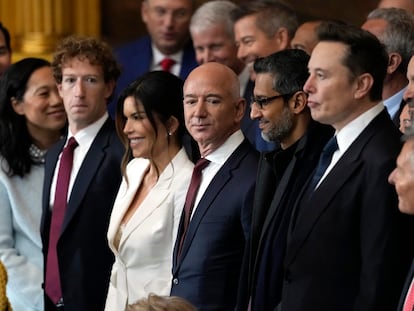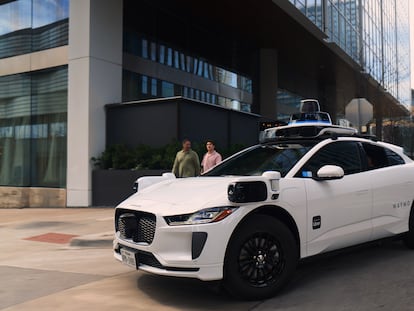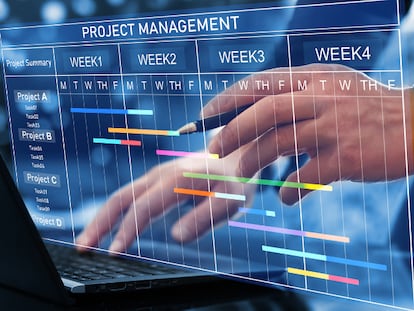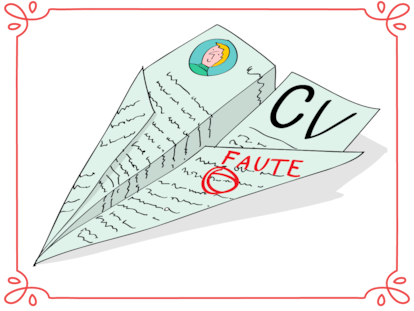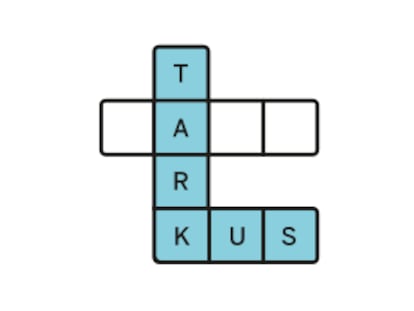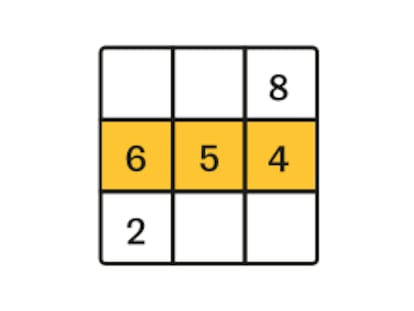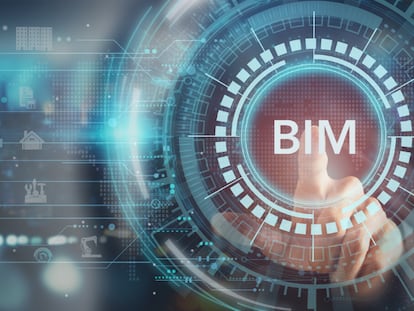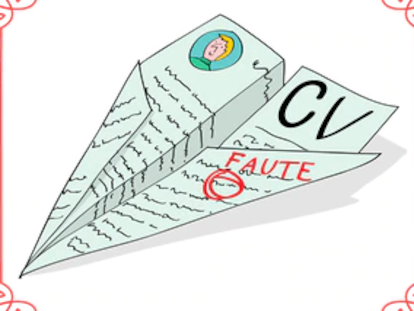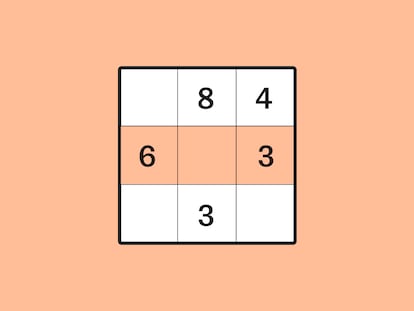Tesla’s ‘local’ gigafactories help protect Musk from Trump’s tariffs
The company manufactures vehicles in the US, Europe and China using regional suppliers, which will allow it to partially avoid the levies. But its extremely high valuation and poor sales performance have led to $750 billion losses in the stock market since December
The tariff war is a reality. The announcement of the specific tariffs that the United States will apply to each of the countries from which it imports goods — between 10% and 49% — has caused an earthquake in the financial markets, fearful that the measure will have an impact on the growth of the global economy and cause a spike in inflation. Automakers have been particularly hard hit. So has Tesla, controlled by Elon Musk, President Donald Trump’s top advisor since his return to the White House. But the auto company has an ace up its sleeve: its gigafactories, where most of the components come from regional suppliers.
The best example of this approach is the huge factory that Musk set up in Brandenburg, east of Berlin, with the capacity to produce 500,000 vehicles per year, and which could soon reach 1 million units. The huge electric car factory has been significantly increasing its sourcing of European suppliers for most components. With the production of the new Model Y, approximately 92% of the car parts come from companies in the European Union (Lithuania, Belgium, Czech Republic, Denmark, Germany, France, the Netherlands, Austria and Poland).
Emérito Quintana, an advisor to the Numantia Patrimonio investment fund, keeps Tesla as one of the top positions in his portfolio. He began investing in the company eight years ago. For him, “the fact that Musk opted for a model of integration of the entire supply chain and local suppliers will be a differentiating factor in this trade war.” The U.S. has already announced tariffs of 25% on car imports from other countries, and a few former partners such as Canada have responded with an equivalent levy on U.S. vehicles. China has unveiled 34% tariffs on American cars, and Europe’s response is expected in the coming days. But Tesla, despite the company’s poor stock market momentum, was the only Western manufacturer whose value rose when Trump announced these specific tariffs on non-U.S. vehicles.
Competitive advantage
In the complex auto industry, each car component often comes from a different location. For example, a Chevrolet that is assembled and sold in the United States may have parts manufactured in Germany, Spain, Mexico, Turkey or Taiwan. All of these elements will be affected by the new tariffs, which will increase the final price of the vehicle. This means that the tariffs will not only hurt foreign manufacturers, but also American ones. “Musk saw that having long and dispersed supply chains was a weakness, as demonstrated in 2021, after the pandemic. That’s why he decided that the Berlin gigafactory would have European suppliers, the Shanghai one would have Chinese components, and the Texas plant would have American ones,” notes Quintana. Tesla intends to manufacture components such as seats, bumpers and mirror housings either in-house or in cooperation with local companies.
Juan Gómez Bada, of the fund Avantage Capital, also underscores that having these more integrated supply chains “has mitigated risks that can affect other competitors more intensely.” Additionally, as a relatively young company compared to competitors such as General Motors, Stellantis or BMW, it has greater flexibility. Given that the final picture of the tariff war in the auto sector has not yet been defined, it is still too early to know the impact on the price of each vehicle, ”but what is clear is that in Tesla’s case it will be less intense than its competitors," Quintana stresses.
In any event, Tesla’s shares have lost almost half their value since mid-December, a slide of $750 billion. There are several reasons for that, beginning with the most prosaic ones: profit forecasts for 2025 have dropped by 33% in the last year, and those for 2026 by 29%. Business is not growing as fast as expected, as the accounts for the last two quarters show. The latest ones, presented last week, show a 13% drop in sales, which is unforgivable for a company whose revenues are still expected to grow exponentially. Although the financial question marks go back a long way, Musk’s alignment with Trump has politicized the brand and triggered a chain of boycotts. Gene Munster, a managing partner of Deepwater Asset Management, talked about “Musk’s increased political visibility, alienating buyers” in a post on X.
However, none of this is discouraging the hardcore Tesla fans. For those who, like Emérito Quintana, have been following the company for years, “the difficulties it faces now are much less severe than those it faced in 2018, with a huge amount of debt and huge losses,” he says. In his opinion, as Musk begins to disengage from the Trump Administration’s budget cuts, fully autonomous self-driving cars become widespread in Texas (planned for June), and the new version of the Model Y — the world’s best-selling car — begins to be marketed, “Tesla’s sales should return to strong growth.”
The less enthusiastic observers, of course, see it very differently. Some investors who have been warning for months and even years about Tesla’s valuation argue that the price at which it is trading, even now, is excessive, typical of a bubble, and unjustifiable only on the basis of future sales forecasts and by comparison with the share price of its competitors. Tesla trades at a price-to-earnings ratio (the latest closing price divided by the most recent earnings per share) of 90, more than 10 times higher than other auto firms, and 4.5 times higher than the AI chip leader Nvidia. Ryan Brinkman, an analyst at J.P. Morgan who has long been critical of Elon Musk’s company, believes that “the reputational damage Musk has done to the brand is not yet well priced in.”
The other two large companies controlled by the South African-born tycoon, SpaceX (which manufactures rockets, organizes space missions and is a privileged supplier of NASA) and Starlink (which has launched 7,000 communication satellites into space) could also be affected by the tariff war. Although their main business is located in the United States, in recent years they have been internationalizing and signing contracts with governments and companies in third countries.
Sign up for our weekly newsletter to get more English-language news coverage from EL PAÍS USA Edition
Tu suscripción se está usando en otro dispositivo
¿Quieres añadir otro usuario a tu suscripción?
Si continúas leyendo en este dispositivo, no se podrá leer en el otro.
FlechaTu suscripción se está usando en otro dispositivo y solo puedes acceder a EL PAÍS desde un dispositivo a la vez.
Si quieres compartir tu cuenta, cambia tu suscripción a la modalidad Premium, así podrás añadir otro usuario. Cada uno accederá con su propia cuenta de email, lo que os permitirá personalizar vuestra experiencia en EL PAÍS.
¿Tienes una suscripción de empresa? Accede aquí para contratar más cuentas.
En el caso de no saber quién está usando tu cuenta, te recomendamos cambiar tu contraseña aquí.
Si decides continuar compartiendo tu cuenta, este mensaje se mostrará en tu dispositivo y en el de la otra persona que está usando tu cuenta de forma indefinida, afectando a tu experiencia de lectura. Puedes consultar aquí los términos y condiciones de la suscripción digital.
More information
Archived In
Últimas noticias
Most viewed
- Reinhard Genzel, Nobel laureate in physics: ‘One-minute videos will never give you the truth’
- Oona Chaplin: ‘I told James Cameron that I was living in a treehouse and starting a permaculture project with a friend’
- Pablo Escobar’s hippos: A serious environmental problem, 40 years on
- Charles Dubouloz, mountaineering star, retires at 36 with a farewell tour inspired by Walter Bonatti
- Why we lost the habit of sleeping in two segments and how that changed our sense of time

